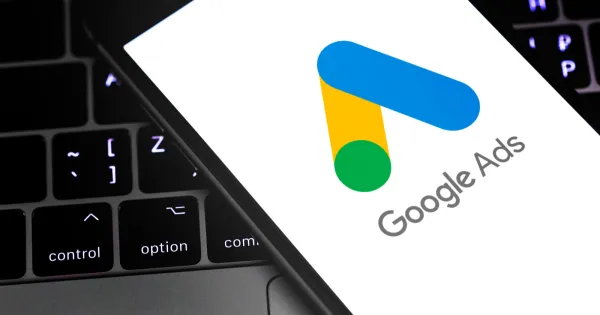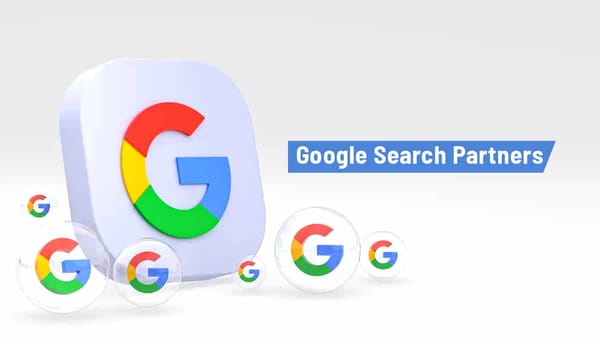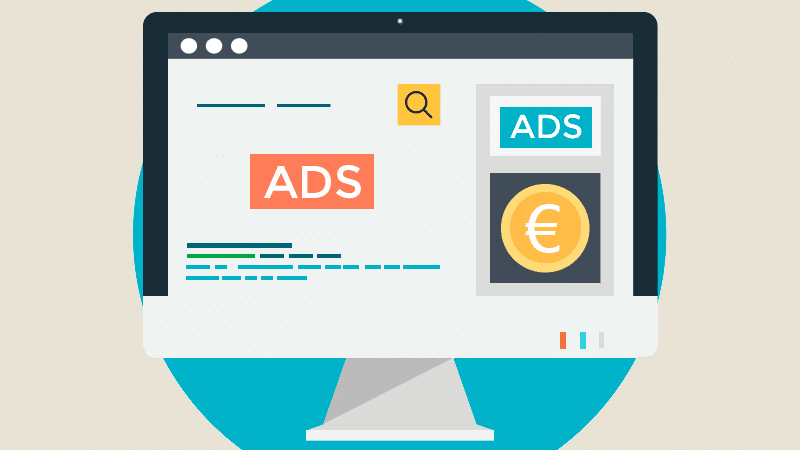What Is Webflow? A Powerful Website Builder for Designers and Developers

Introduction
With the growing need for visually appealing and functional websites, many people seek platforms that offer both flexibility and ease of use. Webflow is one such tool that has gained popularity as a modern website builder.
Unlike traditional CMS platforms like WordPress, Webflow combines no-code design, custom development, and hosting into one powerful solution. But what exactly is Webflow, and how does it work?
This article explores Webflow’s features, benefits, and why it has become a preferred choice for designers and businesses.
Understanding Webflow: A Modern Website Builder
Webflow is a visual website builder that allows users to create fully responsive websites without writing code. It provides a drag-and-drop interface while still offering advanced customization for developers who want to add custom CSS, JavaScript, or integrations.
Unlike other no-code platforms, Webflow gives users complete design freedom while generating clean, production-ready HTML, CSS, and JavaScript in the background.
Key Features of Webflow
1. Visual Design with Full Customization
Webflow’s drag-and-drop editor allows users to create pixel-perfect designs without templates. Unlike WordPress, which relies on third-party themes, Webflow provides a fully customizable design system.
2. Built-in CMS
For content-heavy websites, Webflow offers a powerful CMS that allows users to create and manage dynamic content without relying on external plugins.
3. Hosting and Security
Webflow includes built-in hosting powered by Amazon Web Services (AWS), ensuring high performance and security. Users don’t need to configure separate hosting or security settings, making deployment seamless.
4. SEO-Friendly
Webflow provides clean code, fast-loading pages, and advanced SEO settings, allowing users to optimize meta tags, alt texts, and schema markup directly within the platform.
5. Interactions and Animations
One of Webflow’s standout features is its ability to create complex animations and interactions without needing JavaScript coding. This is ideal for designers who want smooth transitions, scroll effects, and custom interactions.
6. E-commerce Capabilities
Webflow also offers a built-in e-commerce platform, allowing businesses to create and manage online stores with ease.
Who Should Use Webflow?
Webflow is ideal for:
- Designers who want complete creative control over website design
- Businesses looking for a professional, all-in-one website solution
- Freelancers and agencies who want to create custom websites for clients
- Marketers and content creators who need an easy-to-manage CMS without technical complexity
Webflow vs. Traditional Website Builders
Compared to platforms like WordPress, Wix, and Squarespace, Webflow offers:
- More design flexibility without coding limitations
- Better performance and built-in hosting for fast-loading websites
- Stronger CMS and database control for dynamic content
- Native animations and interactions for engaging web experiences
However, Webflow has a steeper learning curve than beginner-friendly platforms like Wix or Squarespace.
Conclusion
Webflow is a powerful website builder that bridges the gap between design and development. It allows users to create fully customizable, high-performance websites without coding while still offering advanced options for developers.
For businesses, designers, and marketers looking for a scalable, professional website solution, Webflow provides a modern alternative to traditional platforms like WordPress.
Whether you're a designer seeking creative freedom or a business owner wanting a no-code yet powerful website, Webflow is a tool worth exploring.




